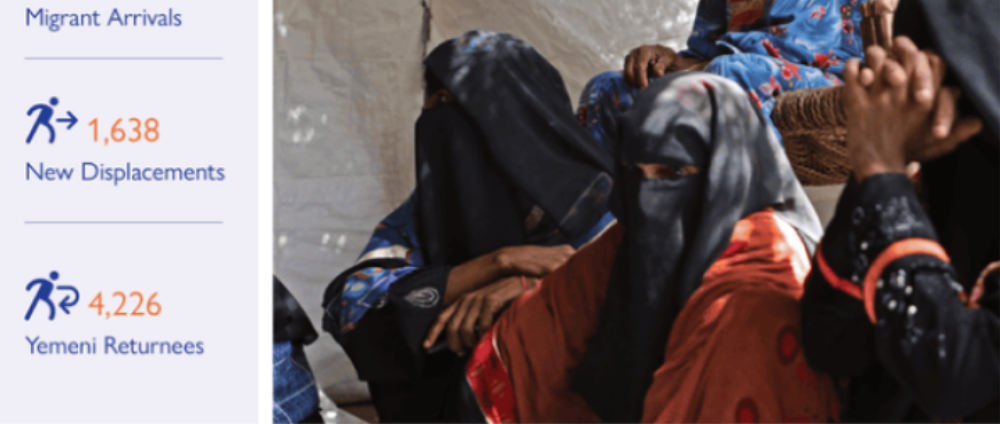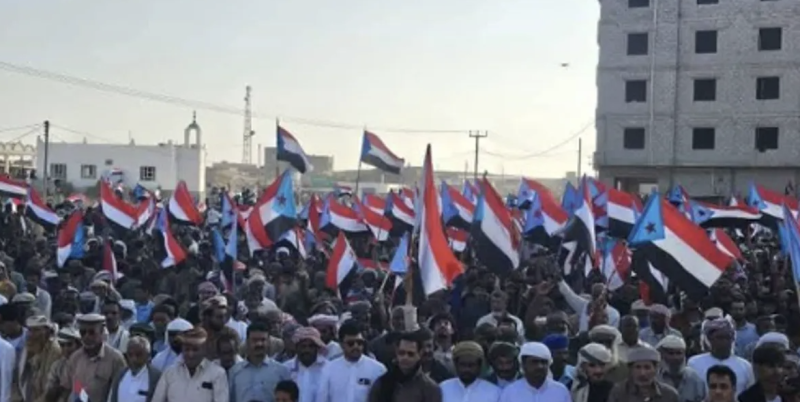IOM Yemen Dispatch March 2024


SITUATION OVERVIEW
In March, whilst the frontlines in south Ta’iz, the West Coast, and the north of Ma’rib remained relatively stable, tensions in the Red Sea persisted. As both Ansar Allah (AA) armed forces and the US-led maritime coalition continued strikes, the situation has raised concerns about further impacts on international shipments dependent on the route. The crisis in the Red Sea has already contributed towards increased shipping costs and delays in the delivery of many items, including essential food.
On 25 March, the Food and Agriculture Organization (FAO) warned that disruptions in the Red Sea were likely to further exacerbate food insecurity in Yemen.
Recent months have seen a surge in cases of acute watery diarrhoea (AWD) and suspected cholera across in both de facto authority (DFA) and Internationally Recognized Government (IRG) controlled areas. Whilst the first wave in late 2023 most critically impacted the southern governorates of Ta’iz and Aden, this current wave appears to also be spreading rapidly across DFA-controlled areas. IOM continues to support three diarrhoea centres (DTC), operate 16 oral rehydration corners, ensure treatment of water supply systems, and implement hygiene promotion activities as a key member of the cholera taskforce.
On 8 March, heavy rainfall across the country led to severe flooding in several governorates, particularly affecting those living in Ma’rib. Rapid assessments conducted by IOM’s Camp Coordination and Camp Management (CCCM) unit revealed that flooding had resulted in at least 8,800 families having either completely or partially damaged shelters. In response, IOM teams quickly mobilized to facilitate the distribution of shelter and non-food items (NFI) items, provide specialized protection assistance to the most vulnerable people and conduct critical awareness raising on AWD preventive measures. Meanwhile, the ongoing military campaign to crack down on smuggling activities in Lahj continued to impact migrant flows to Yemen.
According to data from IOM’s Displacement Tracking Matrix (DTM), the governorate, which had once received the highest number of migrant arrivals from Djibouti, recorded no new migrant arrivals in March, marking five out of the last six months without any new migrant arrivals in the governorate. The number of migrants travelling from Somalia and entering through Shabwah remained relatively consistent with previous months (1,800 in March; 1,744 in February).
Throughout the month, IOM continued to provide Voluntary Humanitarian Return (VHR) support to migrants from Ethiopia and other countries. By the end of the month, 632 migrants stranded in Aden and Sana’a had safely returned via four VHR charter flights and 11 commercial movements. However, the Organization currently lacks sufficient funding to meet the needs of migrants requesting VHR support. IOM is continuing to seek urgent funding to ensure thousands of stranded migrants can safely return to their countries of origin.

Al-Ghaydah – The city of Al-Ghaydah, capital of Yemen’s eastern Al-Mahra governorate, witnessed mass demonstrations on Tuesday in suppo…

Aden – Recent data from the International Organization for Migration (IOM) revealed a significant drop in the number of internally displaced…

Ibb – Médecins Sans Frontières (MSF) announced on Monday that it has ended its emergency medical response to acute watery diarr…